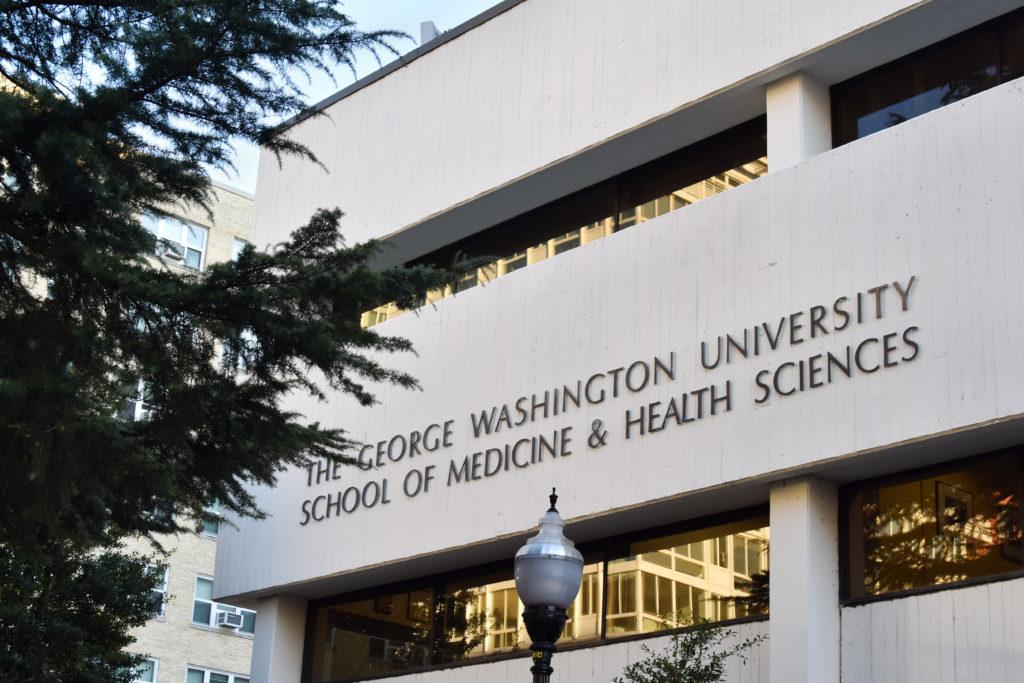Faculty from the School of Medicine and Health Sciences devised a test to detect the severity of COVID-19 infections.
The test, which the researchers developed using blood samples from 70 COVID-19 patients between November 2020 and March 2021, may receive clearance from the Food and Drug Administration by the end of the calendar year. The project’s researchers said the test has the potential to allow health care providers to provide care for COVID-19 patients earlier on in the infection.
Tim McCaffrey, a professor of medicine and the principal investigator of the study, which was published late last month, said the test is currently still being researched.
“The test is still at the research stage, but it is convincing enough that we are beginning a much larger trial that would be used for FDA clearance,” he said in an email.
McCaffrey said the team is using an RNA biomarker to detect the blood cells with the strongest response to the coronavirus, known as neutrophil defense 1.
McCaffrey said if the immune system of a COVID-19 patient has high neutrophil activity, white blood cells that recognize COVID-19 pathogens, but low T cell activity, white blood cells that attack specific foreign particles, the team would conclude the response as indicative of a severe coronavirus infection.
McCaffrey said the blood test is most effective on patients in the early stages of a suspected infection, and researchers should use the test in a span of two to three days to observe its response in a patient’s immune system.
He said the team aims to increase its capacity to study the RNA markers that would be cleared by the FDA, collaborate with the School of Engineering and Applied Science and recruit more COVID-negative patients to create a database of controlled responses.
“We’re excited to be able to give physicians and other health care workers a better test for the presence of an infection, especially in the COVID era,” he said.
David Yamane, an assistant professor of anesthesia and critical care who was responsible for collecting patients’ blood samples, said the research team is currently working to expand its sample size of patients with COVID-19 to include those who have the new variants and may react differently to the blood test.
He said if the team furthers its research, the blood test could detect patients who are at risk for serious illnesses and intervene with medical solutions at an earlier stage as part of its future potential.
“The greatest strength of this study is the collaboration between the laboratory science (Dr. McCaffery’s lab) and our clinical researchers,” he said in an email. “We have a very strong team together.”
Caitlin Kitson contributed reporting.







